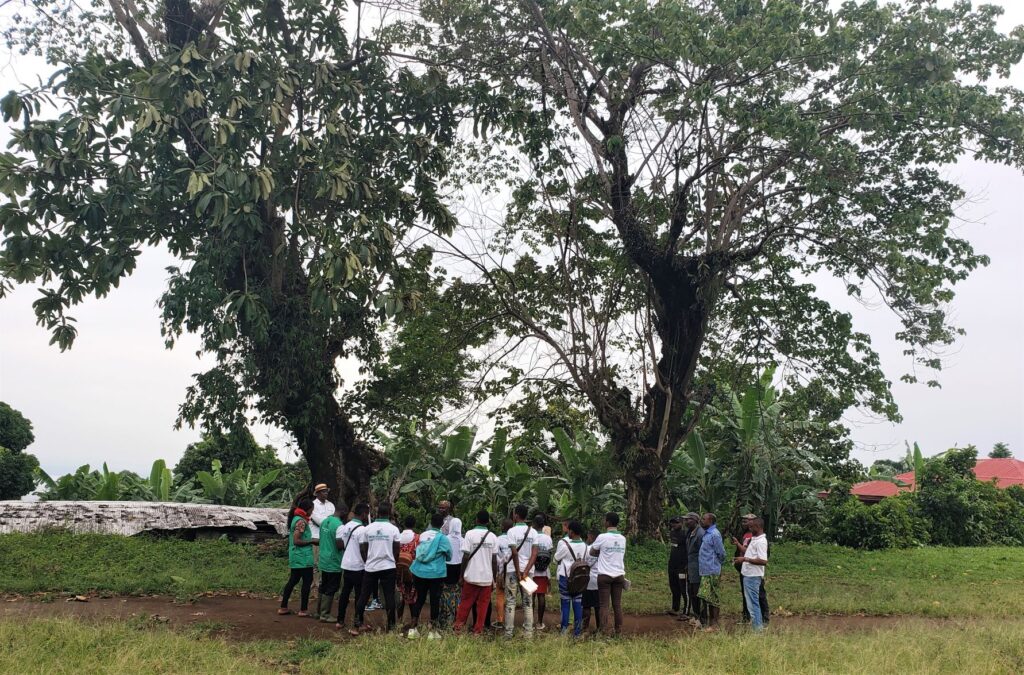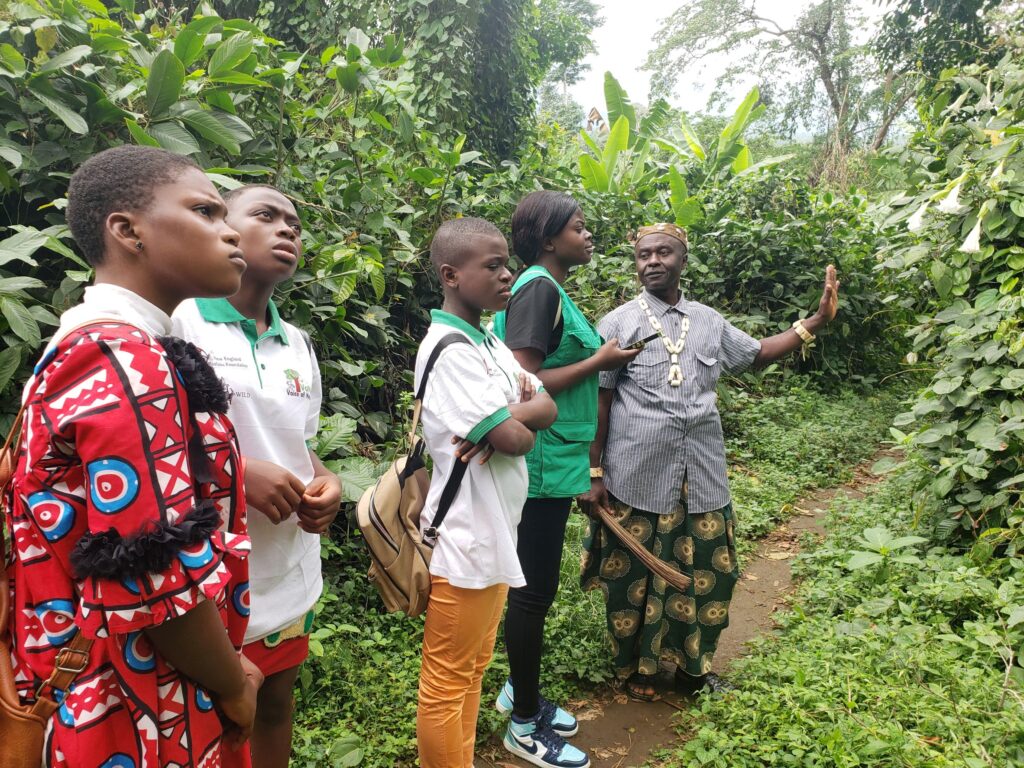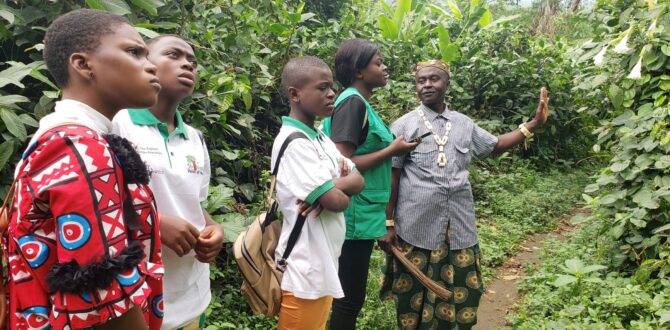African communities have from time immemorial, developed different belief systems including taboos, rituals and totems that ensured the effective management of natural resources in the continent. These belief systems ascribed much power to some natural resources like rocks, streams, ponds, trees, land, and animal species within the community. In many African communities, some people saw animals as the totems of people or communities and were, therefore, protected since killing them may lead to the death of an individual in the community or the person who did the killing.

Though the operational mechanism of these traditional natural resources management systems has no scientific basis, it undoubtedly served as an indigenous conservation ethic and an effective means of conservation. It is certainly with the discovery of the vital role this traditional knowledge has in species conservation that the 1992 United Nations Convention on Biological Diversity (CBD) calls for the recognition of ancestral domains, spiritual values, and their incorporation into conservation efforts.
Though western technology, the growing influence of other religions and beliefs, lack of modern regulations to enforce the traditional rules, migration, urbanization and resettlement have worn out the adherence to these belief systems, they still remain a gold mine for species conservation.
The Mount Cameroon National Park, an IUCN Category II protected area in the South West Region of Cameroon, and its environ plays host to some fauna and flora species like Cameroon Nigeria chimpanzee (Pan troglodytes), Africa forest elephant (Loxodontacyclotis) and preuss’s monkey (Allochrocebus preussi) that were protected by traditional belief systems but are today Endangered on the IUCN Red List.
“When I was young, my parents did not eat chimpanzees and elephants. These are animals we used as totems. One could transform into a chimpanzee or get initiated into the power of a chimpanzee and become very powerful. With this power, you have the ability to climb very tall trees to harvest fruits and leaves needed for traditional healing,” said Chief Emmanuel Ndongo Molonge, Traditional Ruler of Banakanda Village, shortly after transferring traditional knowledge through folktales to some kids and youths within the framework of VoNat’s project to save the endangered great ape of Mount Cameroon.
He cited Mbo’o (mahogany), wutango’o (pronus Africana) mumanki (iroko) and Linyinge as tree species that by tradition, no one is supposed to burn or cut down. The custodian of the Bakweri custom and tradition noted some forest patches (shrines) in his community that most villages are tabooed from entering.

“Some young girls get married but are unable to bear children maybe because they passed through some of these areas they were not supposed to. Some are engaged in business but it is not growing while others are infested by some form of diseases at a very young age because they might have entered in some of these tabooed places,” the traditional ruler added. He called on all residents in the Mount Cameroon Area to know tabooed areas and species, and endeavor to respect the tradition and customs preserving them, to avoid any calamity from befalling them and their loved ones.
Local and traditional beliefs remain a veritable asset in species conservation. Locating and integrating them in conservation initiatives, while continuously educating the younger generation about it, will provide a contextually appropriate form of conservation rationale and education that locals can endorse and understand as their own.
By Ndimuh B. Shancho







